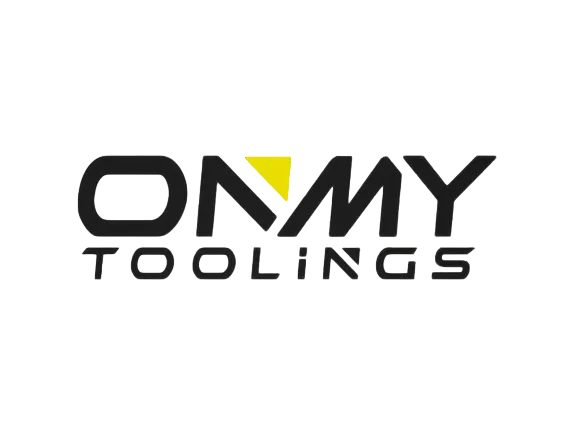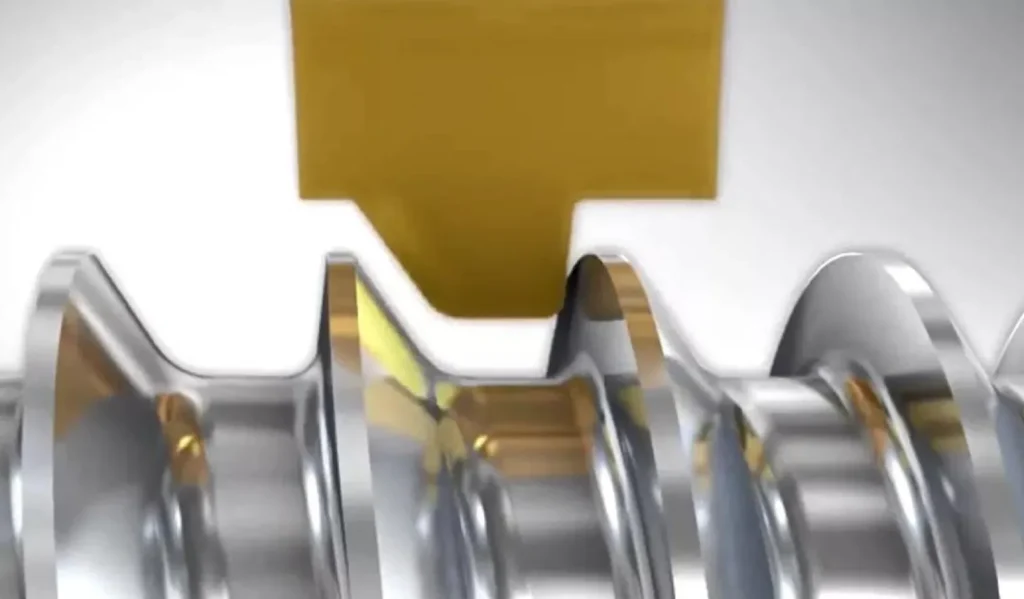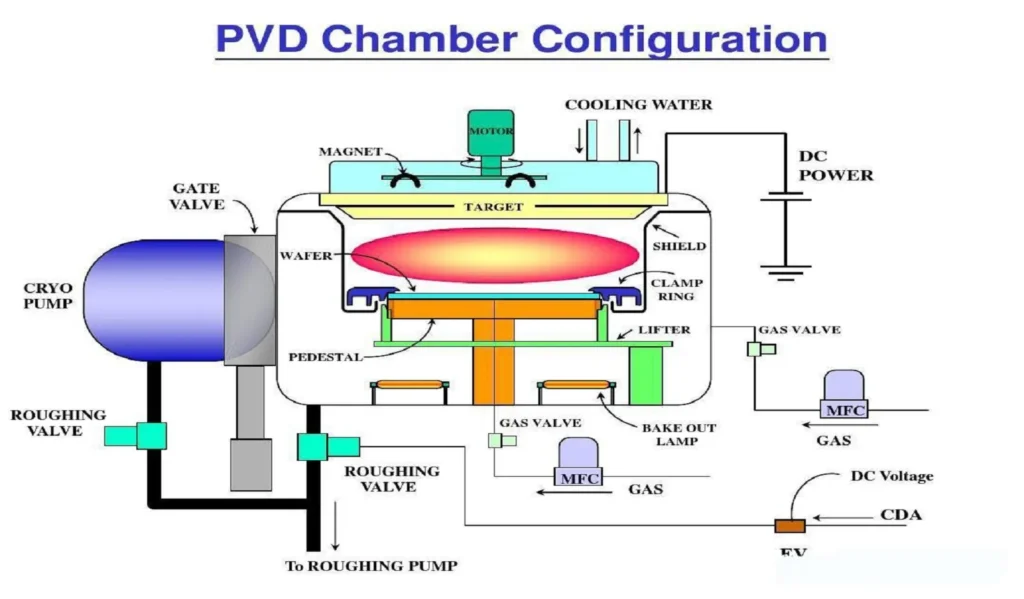An end mill holder is a device that connects cutting tools to machine tools. Its function is to act as the interface between the cutting end mill and the machine tool.The common tool holder interfaces are BT/BBT/HSK tool holder interfaces.
The performance of an end mill holder directly impacts machining precision. In order to fully demonstrate the capabilities of machine tools and cutting tools, an end will holder must have runout precision, rigidity (resistance to deformation), and high clamping force. Even at high spindle speeds, the end mill holder must meet these requirements without being affemed by centrifugal or other external forces. Runout precision refers to the degree of deviation of the tool’s rotation from its central axis. Higher runout precision means less end mill chatter and higher machining precision.
The end mill holders are defined by standards according to their shape and dimensions. Machining centers have interfaces like BT/BBT/HSK tool holder, while lathes, machining centers, and multifunction machines based on lathes have the CAPTO interface (exclusive to Schunk).
what is bT tool holder Interface?

BT stands for “Morse taper” and the end mill holders are identified by their conical shape. It is used by mounting it to the spindle of a machining center. The BT holder was originally developed in Japan and is widely used in manufacturing facilities around the world.
The taper dimensions are fixed at 7/24, where the diameter reduces by 7mm over a 24mm axial length. Nominal numbers like BT30, BT40, and BT50 refer to the diameter at the maximum section of the taper.
DIN2080 NT taper end mill holders, with a taper of 7/24, are used on older lathes requiring manual tool changing, with the taper section dimensions being standard for other 7/24 tapers.
The Morse taper provides a secure mechanical joint between the end mill holder and spindle. Regular cleaning and lubrication of the tapered surface is important to avoid wear and ensure smooth mounting/unmounting of end-will holders.
what is bBT tool holder Interface?

The BBT end mill holder was developed independently by the Japanese end mill holder manufacturer Daiho as its own standard. At first glance, a BBT holder looks very similar to a BT holder, but the main difference is that a BBT holder uses a dual contact spindle system. “Dual contact” refers to the holder shank simultaneously contacting both the taper and surface of the spindle bore.
For a BT holder, only the tapered section has tight contact with the spindle, while there is a gap between the end face of the holder shank and the end face of the spindle bore. In this case, when the spindle rotates at high speed, centrifugal force causes the spindle bore to expand slightly, pulling the end holder further into the bore. This can change the tool position and negatively impact machining precision, especially on the Z-axis.
On the other hand, for a BBT holder, the end face of the shank has a tight contact with the end face of the spindle bore. Therefore, the holder is not pulled into the bore, and high-precision machining can be achieved even at high spindle speeds. With two surfaces in tight contact, a BBT holder is more rigid than a BT holder and can better control vibrations during machining. BBT holders can also be used interchangeably with BT holders, making them more user-friendly.
PS: This only aims to distinguish between BT and BBT end-will holder interfaces. Generally speaking, BT end mill holders are more common/universal than BBT end mill holders.
what is HSK tool holder Interface?

HSK is a standard developed in Germany for high-speed end-will holder applications. In German, HSK stands for “Hohlschaftkegel” which means hollow shank taper.
The HSK holder has a shorter overall holder length and a hollow internal construction which makes it lightweight to support high spindle speeds. The taper size is fixed using a 1/10 taper, where the diameter reduces by 1mm over an axial length of 10mm. It provides high rigidity due to the dual contact system where both the tapered section and end face of the shank have tight contact with the spindle.
Holder dimensions are also specified using six main types: 25, 32, 40, 50, 63 and 100. Smaller numbers indicate a smaller end mill holder size.
The HSK interface offers advantages over older interfaces like less vibrations at high speeds, higher clamping forces, and accuracy due to its enclosed design and dual contact surfaces. It has become widely adopted in modern CNC machines to support advanced machining requirements.
What are the main differences in mechanical performance and application scope among the BT/BBT/HSK tool holder interfaces?
BT interface has larger size limitations, BBT is suitable for heavy machining centers, HSK has an innovative shape, high precision, and drives technological progress.
What technical advantages does the HSK interface have as a new standard compared to the BT interface?
HSK interface has an innovative shape and better versatility of size, thinner body, and higher precision and is more conducive to precision machining.
What factors need to be considered when choosing between BT and HSK interfaces, as some machine tools support both?
The machining process, end will type, machine precision requirements, and future interface compatibility need to be considered.
How to correctly identify different specifications of BT or HSK interfaces?
Need to check the interface diameter and thickness specifications and the type identification code on the interface surface.
What important details of interface maintenance need attention during the usage process?
Important to regularly clean and lubricate the interface surface to prevent wear and corrosion and ensure interface sealing.
What issues need attention when choosing tools for a machine end that supports both BT and HSK interfaces?
Need to match the interface type, otherwise, it may not be possible to install correctly or may damage the interface and tool.
conclusion
Proper selection and use of end mill holders matching the machine tool’s interface is crucial to achieving the best machining results. Regular maintenance also helps ensure long-end mill holder life and reliable performance.


